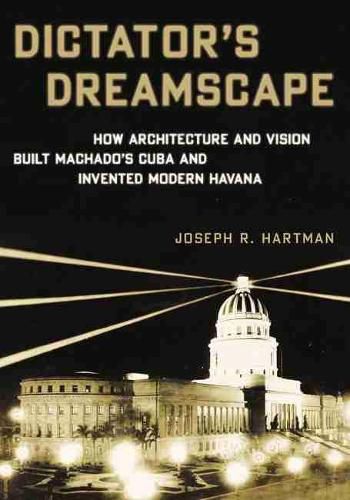Readings Newsletter
Become a Readings Member to make your shopping experience even easier.
Sign in or sign up for free!
You’re not far away from qualifying for FREE standard shipping within Australia
You’ve qualified for FREE standard shipping within Australia
The cart is loading…






Joseph Hartman focuses on the public works campaign of Cuban president, and later dictator, Gerardo Machado. Political histories often condemn Machado as a US-puppet dictator, overthrown in a labor revolt and popular revolution in 1933. Architectural histories tend to catalogue his regime’s public works as derivatives of US and European models. Dictator’s Dreamscape reassesses the regime’s public works program as a highly nuanced visual project embedded in centuries-old representations of Cuba alongside wider debates on the nature of art and architecture in general, especially in regards to globalization and the spread of US-style consumerism. The cultural production overseen by Machado gives a fresh and greatly broadened perspective on his regime’s accomplishments, failures, and crimes. The book addresses the regime’s architectural program as a visual and architectonic response to debates over Cuban national identity, US imperialism, and Machado’s own cult of personality.
$9.00 standard shipping within Australia
FREE standard shipping within Australia for orders over $100.00
Express & International shipping calculated at checkout
Joseph Hartman focuses on the public works campaign of Cuban president, and later dictator, Gerardo Machado. Political histories often condemn Machado as a US-puppet dictator, overthrown in a labor revolt and popular revolution in 1933. Architectural histories tend to catalogue his regime’s public works as derivatives of US and European models. Dictator’s Dreamscape reassesses the regime’s public works program as a highly nuanced visual project embedded in centuries-old representations of Cuba alongside wider debates on the nature of art and architecture in general, especially in regards to globalization and the spread of US-style consumerism. The cultural production overseen by Machado gives a fresh and greatly broadened perspective on his regime’s accomplishments, failures, and crimes. The book addresses the regime’s architectural program as a visual and architectonic response to debates over Cuban national identity, US imperialism, and Machado’s own cult of personality.